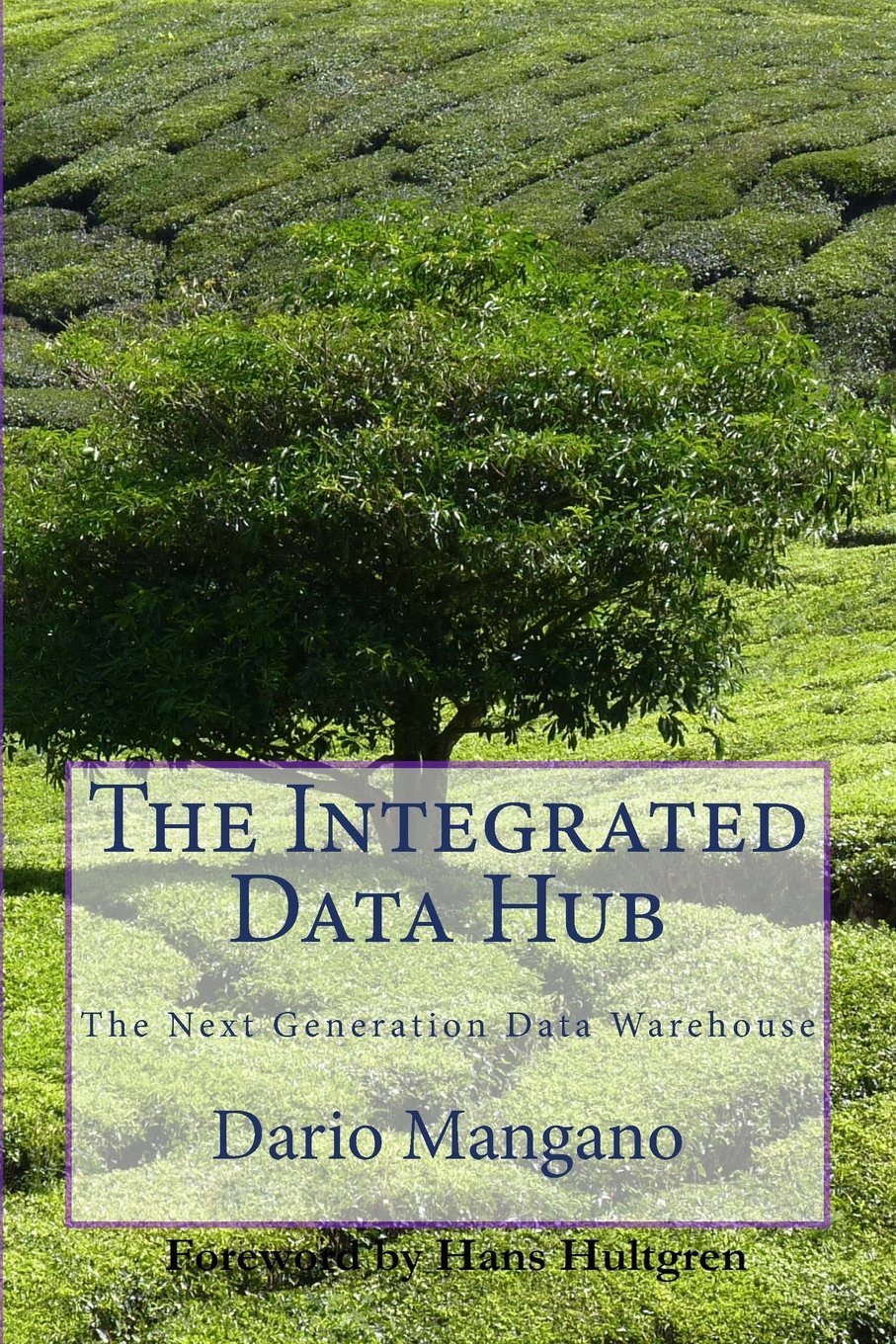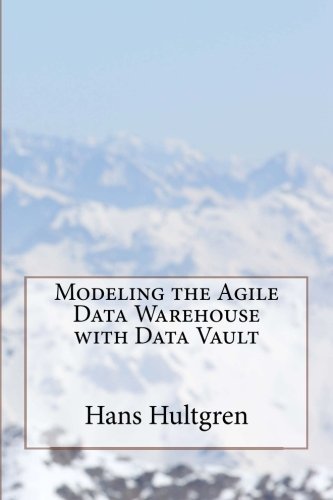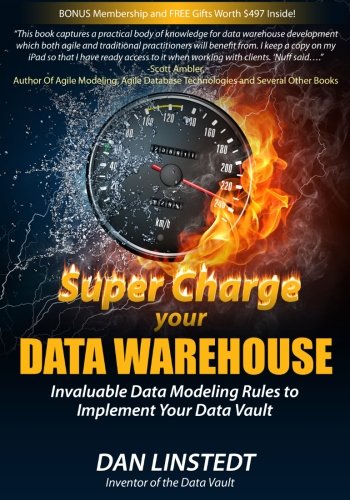Es ist eine Weile her seit ihr von mir etwas gehört habt. Entschuldigung.
Dafür geht es gleich mit etwas Großem weiter. Rückblickend wird es sich zeigen, ob hier ein historisches Ereignis in der Datenmodellierungsszene stattfindet: das erste weltweite Treffen (20.3.14 - 22.3.14) von Data Vault Interessierten in der Heimatstatt von Daniel Linstedt, in St. Albans, USA.
Dieses Buch ist ein MUSS für alle, die an Data Vault interessiert sind und auch für alle die sich für Business Intelligence und (Enterprise) Data Warehouse begeistern.
Es ist aus meiner Sicht toll geschrieben: leicht verständlich und es sind alle Themen rund um Data Vault sehr gut erklärt.
Bei einem Kunden hatte ich eine spannende Diskussion über die Frage woher eigentlich Data Vault kommt. Woher im Sinne von: Ist es vom Himmel gefallen oder wurde Data Vault aus anderen Modellierungsarten abgeleitet. Ein naheliegender Gedanke ist, dass Data Vault aus dem Anchor Modeling entstanden ist. Nein, das nicht. Anchor Modeling wurde zum ersten Mal in einem Data Warehouse im Jahr 2004 bei einer Versicherung eingesetzt. Dazu aber später ein anderer Blogpost.
Wie bereits beschrieben, hat Dan Linstedt in den 90ern des letzten Jahrhunderts Data Vault erfunden, daran geforscht und es entwickelt. Bis zur Veröffentlichung im Jahr 2001 hat er rund zehn Jahre seiner Zeit in diese Modellierungsmethode investiert.
The Smartest Way To Deal With The Data Integration Challenges
Authored by Dario Mangano
Edition: 1.0
Data Warehouse projects fail.
As an industry we have been battling with this phenomenon for decades. Though we have been getting better over the years, as an industry we still have a long way to go.
Fortunately some people have found ways to beat the odds. By thinking out of the box, formulating new ideas, and creating new innovative approaches these people have each somehow unlocked the secrets of successful DW programs.
Daniel Linstedt veröffentlicht nach und nach was in Data Vault 2.0 an Neuem dazu kommt. Ich möchte euch hier einen Überblick geben, was der aktuelle Stand ist und für euch die Entwicklung weiter verfolgen.
Daniel Linstedt hat auf LinkedIn eine knappe Zusammenfassung gepostet, die ich euch hier wiedergeben möchte.
Data Vault 2.0 geht weit über Data Vault 1.0 hinaus. War Data Vault 1.0 auf die Modellierung fokussiert, betrachtet Data Vault 2.0 auch die Architektur, die agile Vorgehensweise bei der Implementierung, vertieft die Performanceaspekte des Data Vault und integriert Technologien wie Hadoop:
The Data Vault took the Data Warehouse world by storm when it was released in 2001. Some of the world's largest and most complex data warehouse situations understood the value it gave especially with the capabilities of unlimited scaling, flexibility and security.
Here is what industry leaders say about the Data Vault
"The Data Vault is the optimal choice for modeling the EDW in the DW 2.0 framework" - Bill Inmon, The Father of Data Warehousing
"The Data Vault is foundationally strong and an exceptionally scalable architecture" - Stephen Brobst, CTO, Teradata
"The Data Vault should be considered as a potential standard for RDBMS-based analytic data management by organizations looking to achieve a high degree of flexibility, performance and openness" - Doug Laney, Deloitte Analytics Institute
"I applaud Dan's contribution to the body of Business Intelligence and Data Warehousing knowledge and recommend this book be read by both data professionals and end users" - Howard Dresner, From the Foreword - Speaker, Author, Leading Research Analyst and Advisor
You have in your hands the work, experience and testing of 2 decades of building data warehouses. The Data Vault model and methodology has proven itself in hundreds (perhaps thousands) of solutions in Insurance, Crime-Fighting, Defense, Retail, Finance, Banking, Power, Energy, Education, High-Tech and many more.
Learn the techniques and implement them and learn how to build your Data Warehouse faster than you have ever done before while designing it to grow and scale no matter what you throw at it.
Ready to "Super Charge Your Data Warehouse"?
You can buy it here, at Dan Linstedts webpage.
Im April 2013 war ich wieder beim Matter-Programm, Data Vault Architecture, in den Niederlanden wo ich Tom Breur kennen lernen durfte.
In einer angeregten Diskussion über die Automatisierung von Data Warehousing mit Data Vault und der Eignung von Projektmethoden dafür lud Tom mich und Oliver Cramer zu einem Besuch von einem Kunden von sich ein: Der BinckBank.
Tom Breur: “The best Agile BI shops I have ever seen.”
Am 24. September 2013 war es dann soweit. Wir besuchten gemeinsam mit Tom die BinckBanck in Amsterdam und schauten uns das Agile Data Warehouse an, welches mit Data Vault aufgebaut wurde. Wir trafen uns mit dem BICC-Team, um über die Entstehungsgeschichte, die Umsetzung, die Herausforderungen und die Erfolgsfaktoren zu sprechen.
Seite 11 von 12




